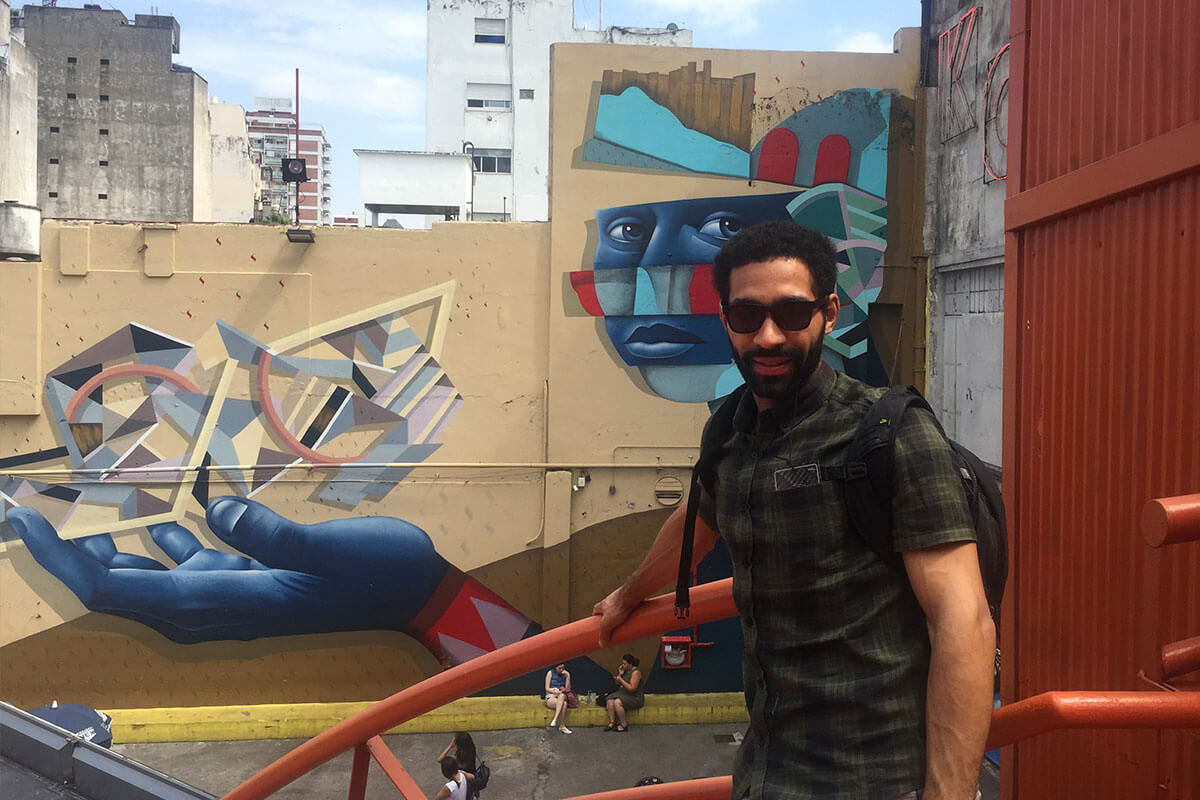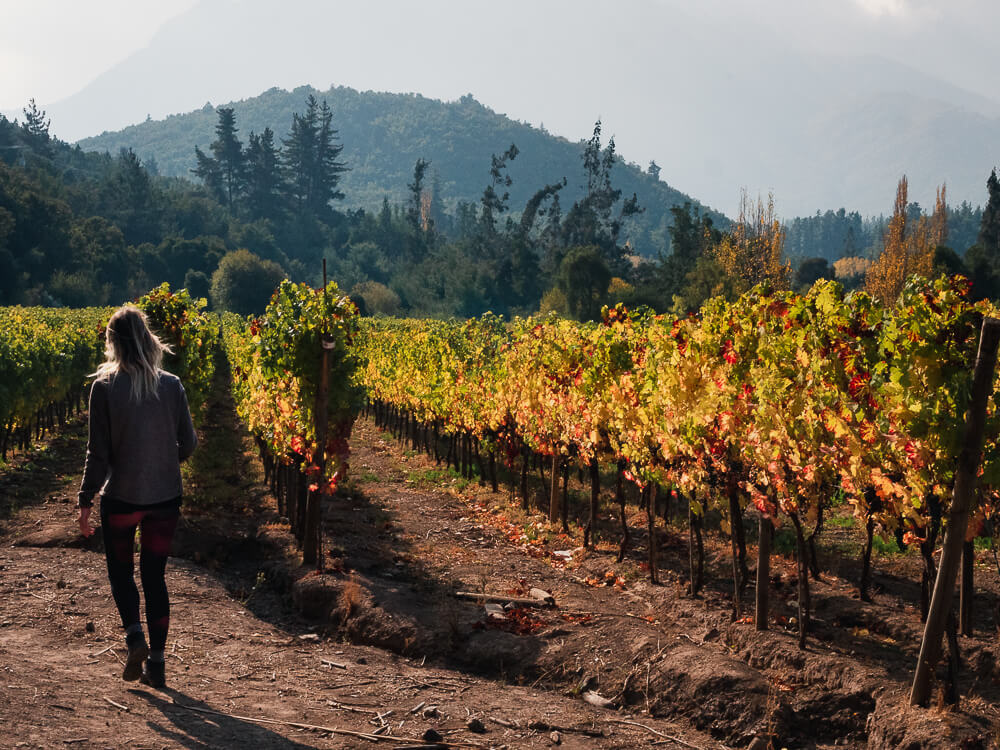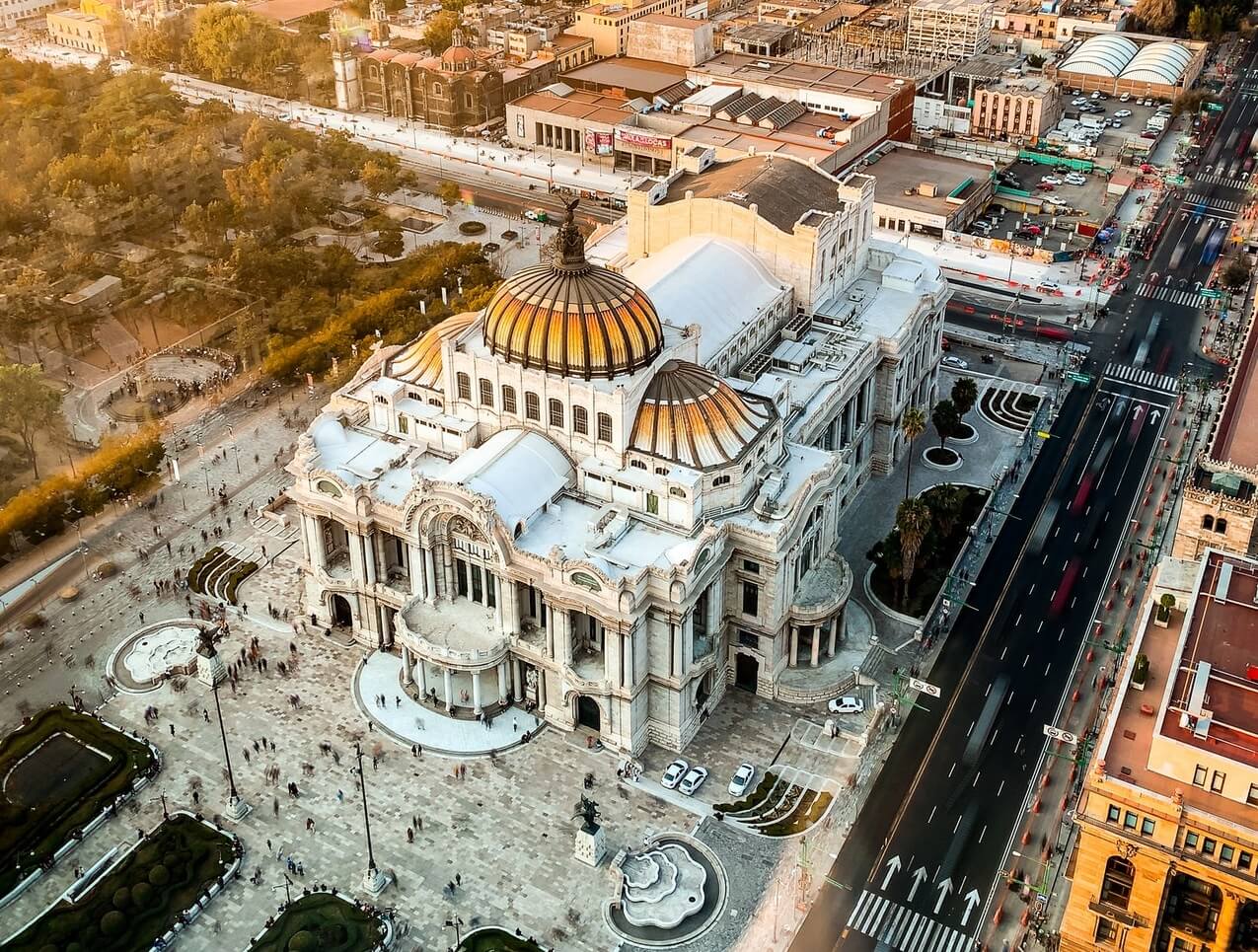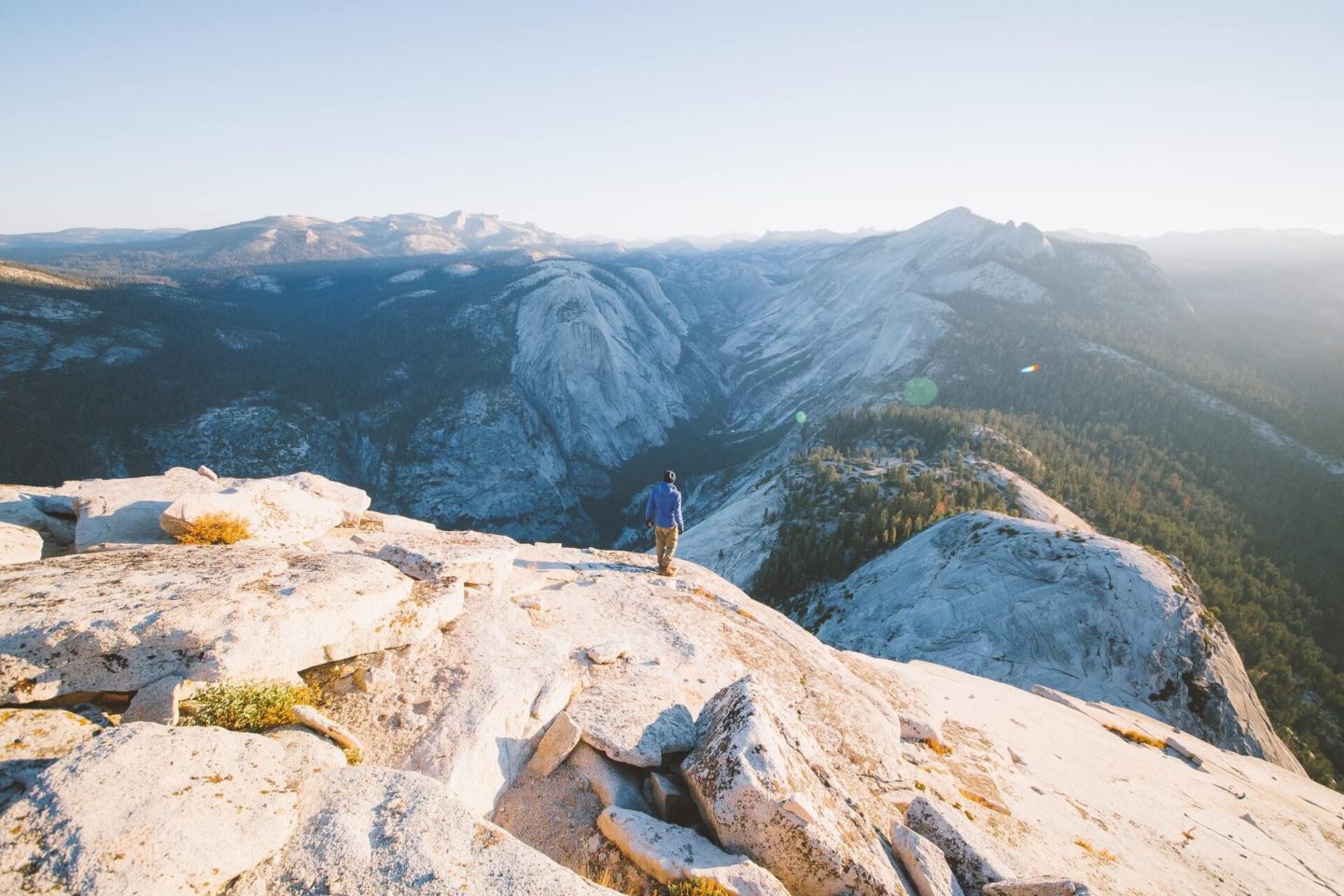Looking for a flexible way to see a little more of South America? A working holiday in Chile, Brazil, Argentina, Costa Rica, Colombia, Mexico, Uruguay and Peru is your golden ticket. All have great programmes in place so that you can work, holiday, backpack around all while supporting yourself over an extended stay. A working holiday in South America could be just what you’re looking for. Take a read of my volunteering and living in Bolivia guide if you need any inspo.
First, let’s tackle the basics – there are always going to be a few hoops to jump through. For South American working holiday visas you’ll need to be a citizen of the countries listed, 18-30 years old and keen for a stay of up to one year.
Don’t panic if you’re older than 30, take a look at my work abroad over 30 options.
On top of that, you also neeed to be someone that these countries want to welcome! That means being able to prove you can cover expenses while you are there (though with a generally low cost of living, a credit card with a good limit or some savings may suffice) and that you haven’t been in trouble with the law. You should have insurance and be healthy. And you can’t stay forever, so you gotta either have a return ticket or money to buy one!
Keen to find out exactly what the options are in each country?
Countries that offer working holiday visas in South America are:
Working holiday in Argentina
Countries eligible to apply for a working holiday visa: Denmark, France, Germany, Australia, the Republic of Ireland, Netherlands, New Zealand, Norway, Portugal, Sweden, Japan.
Length of stay: One year.
Requirements: Aged 18-30 (up to 35 is possible for New Zealand citizens) with no dependents.
Where to start your working holiday: For those looking to backpack first and then seek work, Córdoba and Bariloche are popular choices. To find your feet in a metropolitan setting and have easy access to casual jobs, you can’t beat Buenos Aires.
Cost to apply: Around €150 (euros) / USD $165
Where to apply: Click here

So what is it really like on a working holiday in Argentina?
Daniel J from Layerculture.com explains his experience with casual work and travel on a tourist visa in Buenos Aires:
Travelling to South America for the first time I had no idea that I was going to get involved with work or any type of job. When I arrived in Buenos Aires, which is known by many as the Paris of South America. I had already connected with the leading directors of one of the main NGOs in Argentina and South America.
As a travelling designer I find new working opportunities through the people I meet. In this case, it wasn’t paid work, but my goal was to do something to give back to the community. As a visual designer, there are many things I can offer people without them even realising how valuable design is to their business or service. I helped out the director with some basic desktop publishing work and in exchange I received free accommodation in one of the most affluent areas in Buenos Aires – Recoleta.
The real deal on working abroad in Argentina – what types of jobs can you get?
I spent my time doing small design jobs working about the city in coffee shops and sometimes co-working spaces. I even got invited to an online work conference at Konex (cultural space) from which I was able to build even more professional contacts that turned out to be valuable in the long run. All in all, what I learned on this working/travelling experience is that it’s all about who you know and getting contacts on the inside to be able to get on the fast track.
I recommend you try work for accommodation sites to easily connect yourself with many different opportunities, as well as expat Facebook groups which are a treasure trove of casual jobs in Buenos Aires.
Working holiday in Brazil
Countries elegible to apply for a working holiday visa: Germany, France, South Korea and New Zealand.
Length of stay: One year.
Requirements: Aged 18-30 with no dependents.
Restrictions: You cannot work for the same employer for more than three months, and you can only study for short periods of up to three months.
Where to start your working holiday: If your priority is expat life, mixing with internationals and income in your pocket I would start in cities like Rio de Janeiro, Sao Paolo, Salvador and Florianópolis. Others who just want to kick about in their sandals before they think about community and work may start with the Iguazu Falls or incredible backpacking adventures in the Amazon.
Cost to apply: Around €150 (euros) / USD $165
Where to apply: Click here.
Working holiday in Colombia
Countries elegible to apply for a working holiday visa: France. Also Peru, Mexico and Chile via the Pacific Alliance programme.
Length of stay: One year.
Requirements: Aged 18-30 with no dependents.
Where to start your working holiday: Popular urban starting points with jobs options include Bogota, Medellin and Cartagena.
Cost to apply: Low.
Where to apply: Click here for the Pacific Alliance. Click here for French information.
Working holiday in Chile
Countries elegible to apply for a working holiday visa: Canada, the Czech Republic, Australia, Denmark, France, Hungary, Germany, the Republic of Ireland, South Korea, Sweden, New Zealand.
Length of stay: One year.
Requirements: Aged 18-30 with no dependents (up to age 35 if from NZ, Hungary, Canada).
Where to start your working holiday: Most people throw originality to the wind and start with Santiago, but there are other options such as Bahía Inglesa for backpackers looking to surf and the Torres del Paine National Park for active outdoorsy workers.
Restrictions: Depending on your nationality, you might be only allowed to work for the same employer for six months, just like with the Australian working holiday visa.
Cost to apply: Around €120 (euros) / USD $135.
Where to apply: Click here.

So what is it really like on a working holiday in Chile?
Emma and Daniel from Witragtravel.com, who took a working holiday in Chile on a tourist visa, explain their experience:
After three months backpacking through Patagonia, it’s fair to say that we were hilariously over-budget. We also were tired of hitchhiking and camping. Luckily, a WorkAway opportunity presented itself in the Colchagua Valley in Central Chile and, after a few emails, we fit the bill: we spoke Spanish and English, we had plenty of hospitality experience, we were nearby and we had British passports.
Will’s Tumuñan Lodge, only a couple hours south of Santiago, is gorgeous – think rustic tables, huge fireplaces, autumn leaves, and high ceilings. It’s very well reviewed online.
Our experience helped us settle in. Very soon we were managing bookings, reception, housekeeping, and serving meals. Incredibly, we were even cooking for guests from the first night!
The real deal on working abroad in Chile – what types of jobs can you get?
Will, our host, gave us a lot of responsibility, but he kept us sweet with a comfy private room, filling meals, Tumunañ’s own Cabernet-Syrah, and even an hourly rate for any overtime (anything beyond 25 hours weekly). Staff tips were a nice bonus as we left as well.
For travellers looking to find work in Chile, you’ll find plenty of opportunities in what is perhaps the most developed country in South America. Casual bar work, hostel work, and jobs teaching English are easy to find. Chile is also a fantastic place to find more qualified outdoor work like ski instructing, fishing guiding, or mountain guiding, so your working holiday in South America offers a lot of options.
What to see while backpacking
If you find yourself south of Santiago in the Colchagua Valley, you’re in wine country. Spend a few days touring the impressive vineyards, walking in dinosaur footprints, and trekking on glaciers.
Working holiday in Costa Rica
Countries elegible to apply for a working holiday visa: Only Canada (damnit!).
Length of stay: One year.
Requirements: Aged 18-35 with no dependents. Unusually, you can apply for a youth mobility programme stay twice, moving from a WHV to an internship stay for example, with a minimum three month gap in between.
Where to start your working holiday: All working holiday visa holders need to apply for temporary residence at the General Direction of Immigration, based in San José, so it only makes sense to fly into Juan Santamaría International Airport and start your adventure there.
Cost to apply: Around CAD $200.
Where to apply: Click here.
Working holiday in Peru
Countries elegible to apply for a working holiday visa: Only New Zealand (sadly!).
Length of stay: One year.
Requirements: Aged 18-30 with no dependents.
Restrictions: No working for the employer for more than three months, so stick of casual jobs.
Where to start your working holiday: Typical backpacker starts would be Iquitos, Arequipa, Cusco and Lima.
Cost to apply: Low.
Where to apply: Click here. You can also come as part of the Pacific Alliance if you are from the member states.
So what is it really like on a working holiday in Peru?
My experience with casual work in Trujillo, northern Peru:
I spent six months combining casual work as a classroom assistant at a private Peruvian college with bouts of backpacking and day trips to see ancient ruins, stretches of the Amazon at Tarapoto and the buzzing city of Lima. I had arranged the job before arriving by emailing private colleges with my CV and interviewing over Skype.
I worked normal hours and was paid in American dollars, though adapting to the very early morning starts (to avoid the heat of the day, school started at 7am) was something of a challenge for me! The job revolved around sharing my culture, teaching English and coming up with fun classroom activities for kids aged between 11 and 18.
The real deal on working abroad in Peru – what types of jobs can you get?
Lima is a thriving and cosmopolitan place where you can find a lot of relaxed work in hotels, bars and restaurants. But if you’d rather head further afield to backpacking destinations, there is often tourism work available, such as taking tours – particularly if your native language is popular with visitors and not something that many locals could speak.
When looking for working holiday jobs, it’s always worth offering to work in exchange for a bed, food or transport to a destination, instead of money. This will help you conserve your resources (and you already have savings, right?) but won’t be in danger of taking salary from locals. Great starting points are Couchsurfing (where your host may know someone who needs a job done), local noticeboards in schools, supermarkets and hostels and expat communities.
What to see while backpacking
Peru is a backpacking favourite, where small fishing villages meet sweeping mountains, buzzing towns and incredible history. You’ll be missing out if you don’t see fabulous Machu Picchu, the beach at Mancora and the Nazca Lines. Cusco is also a great stop, ideal for starting the Inca Trail if you’re fit as a flea.
My top backpacker tip would be to look out for a ‘menu’ at local restaurants, if you’re looking for a budget friendly meal. This means a set menu, with two or three courses served at lunchtime for a great price. With a little planning, a working holiday in South America can be very affordable.
Working holiday in Mexico
Countries elegible to apply for a working holiday visa: Canada, France, Germany, South Korea and New Zealand. Via the Pacific Alliance citizens of Chile, Colombia and Peru can also come.
Length of stay: One year.
Requirements: Aged 18-30 with no dependents.
Where to start your working holiday: Mexico City is a vibrant spot packed with tourism and hospitality jobs, but the hot backpacking spots like the Riviera Maya and Oaxaca could also be good if you don’t want to work straight away. Expats really rate the culture of Puerto Vallarta and Mérida too and it would be easy to network with other internationals there.
Cost to apply: Low.
Where to apply: Click here. You can also come as part of the Pacific Alliance if you are from the members states.

So what is it really like on a working holiday in Mexico?
Claire from Talesofabackpacker.com, who spent time working in Mexico City, explains her experience:
I use sites like WorkAway to find work exchange placements when I travel, just working in exchange for accommodation and meals. However, when I was working in a hostel in Mexico, I ended up getting paid work as well.
I first worked for accommodation as a receptionist and cleaner and really enjoyed the atmosphere and the work. I stayed for about 8 weeks as a volunteer, then the hostel manager was due to take some time off so the owners asked me to fill in as manager while she was away.
The real deal on working abroad in Mexico – what types of jobs can you get?
I hadn’t had any experience managing a hostel before, although I had worked in hotels and hostels, so I knew what was expected. The hours were technically the same as they were for volunteers, but if there were any problems at the hostel that the volunteers couldn’t handle I would be there to sort them out.
The work wasn’t difficult though, I just had a few extra responsibilities such as arranging the rota and interviewing new volunteers. The accommodation was included at the hostel, which is common for this type of work. I’d say hostel work is probably the easiest to find as a foreigner in the city – as long as you can speak Spanish.
I hadn’t arranged a work visa before I arrived in Mexico, so we kept things casual – originally I hadn’t planned to get paid work in Mexico so if you are planning to do that I would recommend arranging the proper paperwork. One of the main things is to make sure that you are not taking paid work away from local people.
What to see while backpacking
The great thing about Mexico is the cost of living is pretty low, so with free breakfast and free accommodation I hardly spent any money on food the rest of the time! There are lots of things to do in Mexico City, from free museums to cooking classes, food tours and exploring the culture at the pyramids of Teotihuacan. You certainly won’t be bored here!
Working Holiday in Uruguay
Countries eligible to apply for a working holiday visa: Australia, France and New Zealand.
Length of stay: One year.
Requirements: Aged 18-30 with no dependents. Up to age 35 is possible if you’re a New Zealander.
Where to start your working holiday: There are lots of job prospects in bustling Montevideo, but for more relaxed backpacking beach town like Cabo Polonio and the Cost Azul are popular. The Carnibal of Llamadas is a major tourism period and may offer casual jobs.
Cost to apply: Low. No charge is made for Australian applicants.
Where to apply: Click here. French information.

What if I’m not from one of those countries and still want to have a working holiday in South America?
It’s possible for a lot of backpackers to take an informal working holiday even if they cannot get these visas, here’s how these travellers did it. A visa run from one South American country to another can be very easy and although I never recommend breaking the terms of your visa, there’s no denying that many travellers have done it without issue. I’ll leave it to be your personal decision!
British travellers to Chile don’t need a visa. Instead, they get a stamp in their passport on arrival, valid for 90 days. And when it runs out? Make a jaunt across any border and return to Chile as soon as you like. Nobody will even look twice.
Say Emma and Daniel, on travelling in Chile.
I spent over 3 months in BA and found the whole visa situation very relaxed, although I was told I’d be questioned on exit, had I not stuck to my tourist visa requirement. The quick solution I found was to take a boat from Buenos Aires to Montevideo with which I could get an exit stamp and allow myself to re-enter Argentina for another 3 months.
Says Daniel J of his travels in Argentina.
So there we have the lowdown on a working holiday in South America. Whether you find yourself working abroad, studying, backpacking or just sunning yourself – there are so many options.
- The Enchanted Glade Glamping Review - April 23, 2024
- How to get a working holiday visa for the UK – a full guide - March 21, 2024
- Panoramic Pods Allendale Glamping Review - February 15, 2024

